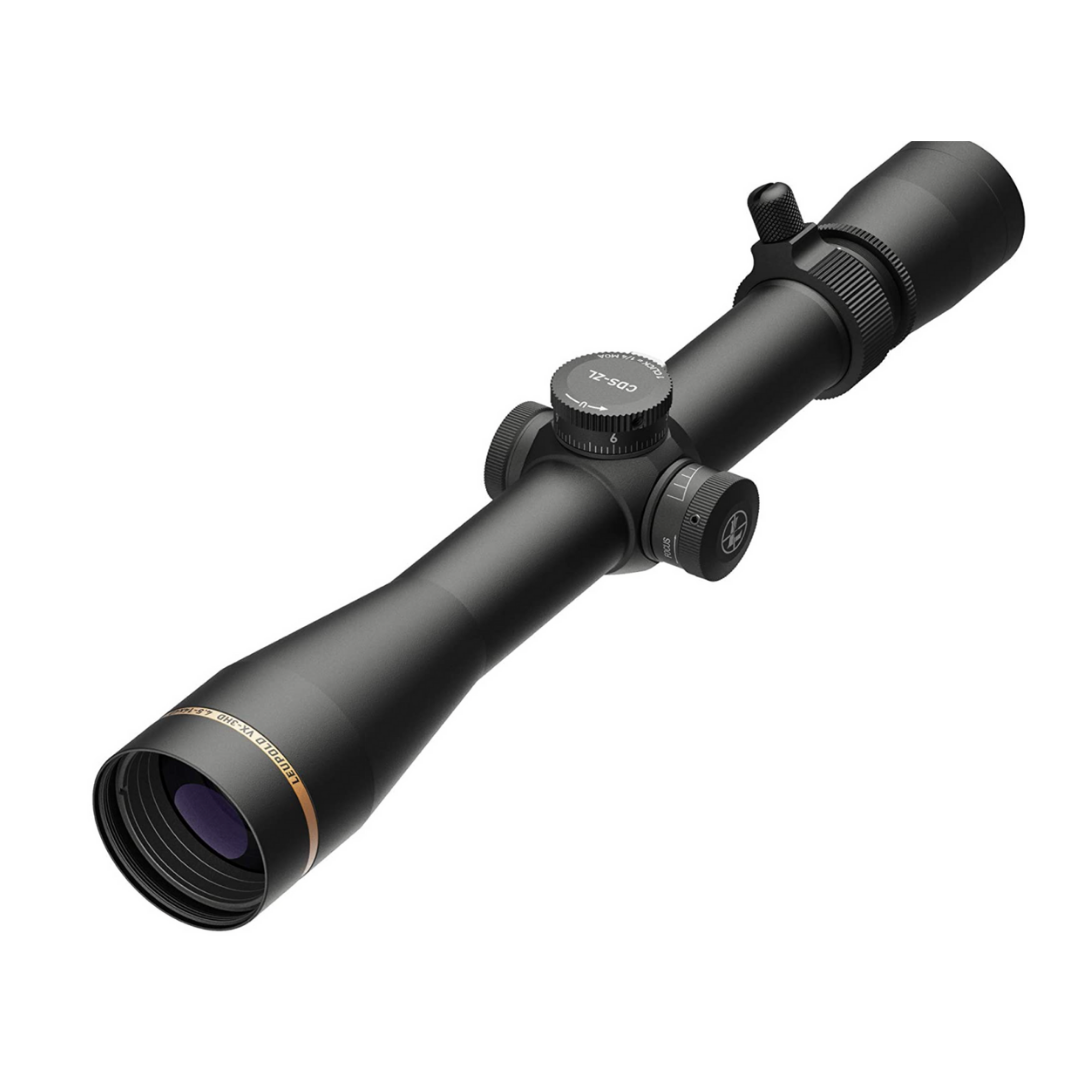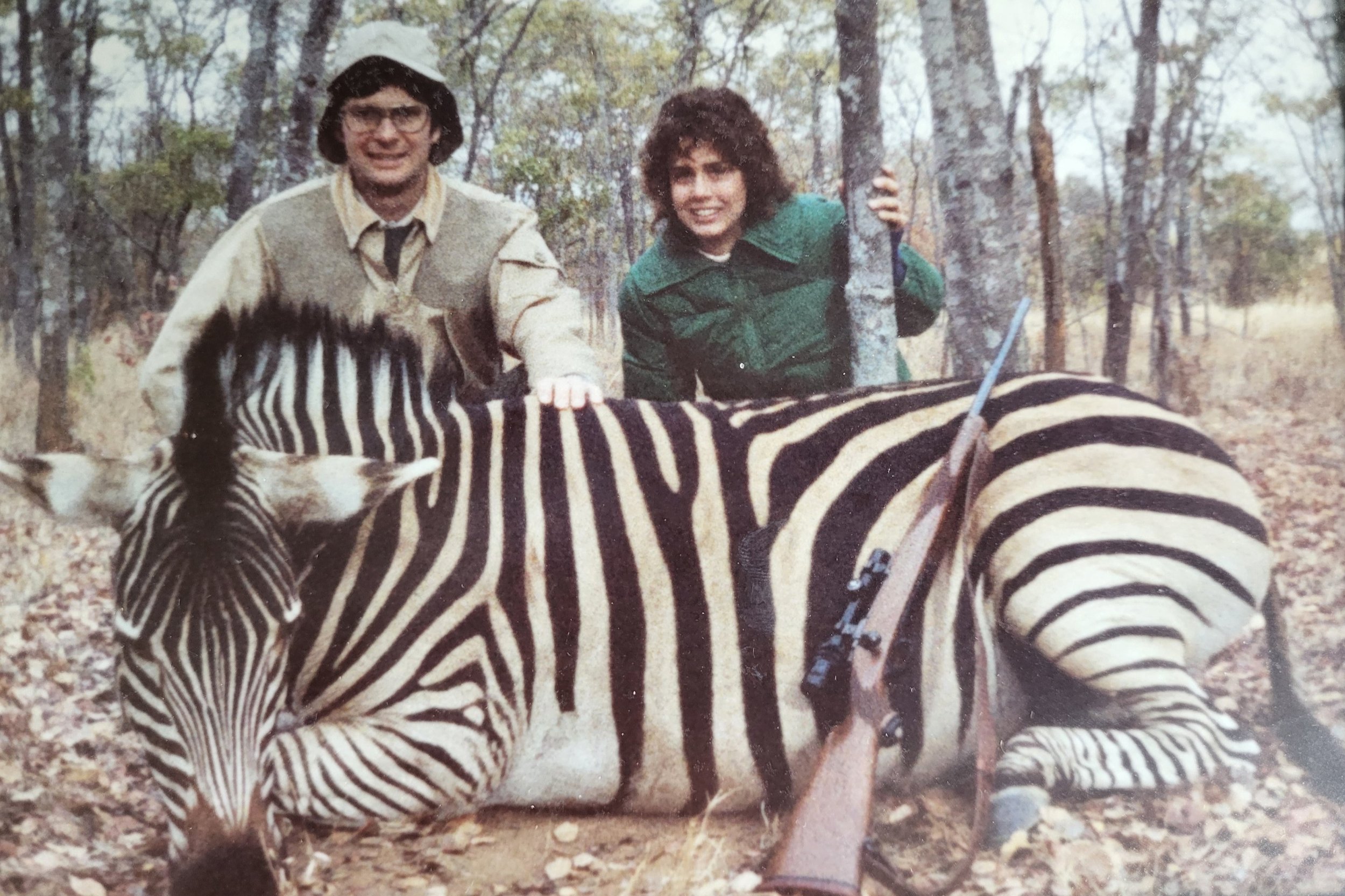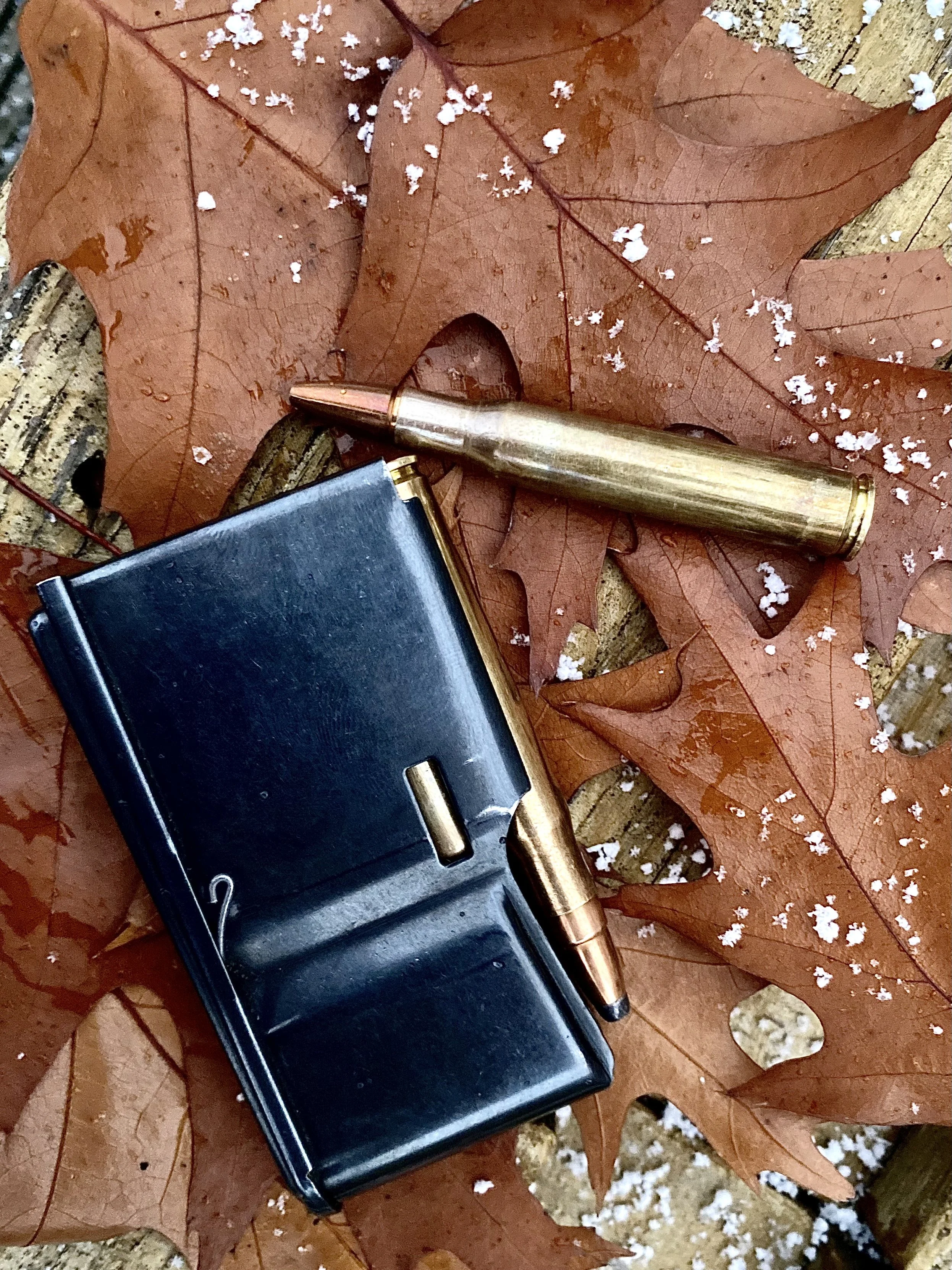A Starter Rifle for New, Small-Framed Hunters
“Getting a novice, small-framed, and/or recoil shy hunter properly outfitted with a good hunting rifle takes a bit of extra effort and care, but the rewards are worth the effort. Take the time to do it right. Then spend plenty of time practicing before actually going hunting.”
Getting a novice hunter set up for success often takes a little extra care and effort, but photos like this one show the rewards are worth it.I think most hunters probably agree that it’s important to outfit new hunters with an appropriate rifle. This is especially true for those who are small-framed or recoil shy.
Hunters using a rifle that doesn’t fit properly will have trouble shooting accurately. The same goes for a rifle with excessive recoil. In fact, a poorly-fitted rifle can often deliver even more perceived recoil to the shooter, which exacerbates the problem.
This is obviously not a good thing. A negative experience early on may dissuade a prospective hunter from continuing down that road. After all, nobody wants to start off their hunting career with a case of “scope bite,” a miss, or a wounded and lost animal.
Hunting is supposed to be fun. For this reason, it’s especially important to ensure the novice hunter is equipped with a rifle that is pleasant to shoot and facilitates good shot placement.
I remember preparing for my first deer season with great excitement and anticipation. Dad took me to the shooting range that spring to try out my new deer rifle: a sporterized Mauser Karabiner 98k in 8mm Mauser.
Let’s just say that trip to the range didn’t go well.
Young, small-framed, or just novice hunters fitted properly with a rifle they aren't afraid of can concentrate on the shot instead of fearing the recoil.I’m not sure why he decided that would be a good rifle for me. It kicked like a mule and was not fun to shoot. I also had a really difficult time with the basic iron sights on that Mauser. Looking on the bright side though, we realized I needed glasses after that trip to the range.
Fortunately, father quickly corrected his mistake. A few months later he bought a Winchester Model 70 Featherweight chambered in .308 Winchester. The rifle was used but in good condition.
Dad wisely mounted a 4X scope on the new rifle. Then he handloaded some reduced power ammunition for it. He eventually settled on a load firing a 130-grain soft point at a muzzle velocity around 2,400 feet per second. That’s a relatively low-powered loading for the .308, but it shot well, was easy on my shoulder, and still powerful enough. We hunted whitetail in the piney woods of East Texas where shots past 100 yards were uncommon. We felt confident in that rifle and ammunition.
Sure enough, I felled a whitetail buck a scant 40 yards away with a single shot the day after Christmas. A hunter was born.
What can you learn from my experience?
First, don’t start with a hard-kicking rifle. Shooting a heavy recoiling rifle before perfecting the fundamentals of marksmanship is a good way to develop bad shooting habits. Instead, set up a new hunter for success by minimizing recoil right out of the gate.
The 243 Winchester is a mild recoiling cartridge that is a proven deer killer.Ideally, new hunters and shooters should learn to shoot with a rimfire cartridge, developing a good foundation in the fundamentals. When they’re ready, centerfire cartridges like the .243 Winchester, 7mm-08 Remington, and .350 Legend are great options for deer hunting. The same goes for the .308 Winchester and 6.5 Creedmoor, though they do have a little more recoil than the others.
If necessary, handloaders can make reduced power loads just like my dad did. There are reduced power factory ammunition options like Hornady’s Custom Lite line. Reduced power ammo isn’t quite as powerful and doesn’t have as long of an effective range as full-powered loads, but it’s still adequate for many hunting situations and is much easier on the shoulder.
Mossberg's Youth Super Bantam Patriot bolt-action rifle comes with butt stock shims that alter length-of-pull from 12 inches to 13 inches so you can tailor the fit as the shooter grows. This rifle in 243 Winchester is lying atop the remains of a whitetail killed and covered by a mountain lion in north Idaho. The black Stratus "patch" on the stock is a handy device that slides into a belt carrier. It shifts the weigh of the rifle from the shoulder to the hip.While appropriate cartridge and ammunition are important, so is the rifle. Many full-size rifles have a length of pull that’s too long for smaller hunters. Length of pull is the distance from the middle of the trigger to the end of a rifle’s buttstock. If too long, the shooter stretches to reach the trigger and can’t get a firm cheek weld on the comb. If too short, recoil could drive the scope or shooter’s thumb into his or her face.
Many smaller-framed hunters need a “youth” or a “compact” model rifle for best fit. For instance, the Ruger American Compact rifles have a 12.5” length of pull (compared to 13.75” for the full-sized Ruger American). By the same token, the Mossberg Patriot Youth Super Bantam line has a set of spacers in the stock that may be used to adjust the length of pull from 12” to 13” to match the hunter.
I strongly recommend mounting a scope on the rifle if at all possible. I’ve done a lot of hunting with iron sights (after I corrected my vision issues). However, a quality scope usually makes sighting easier for new shooters and hunters.
A basic 2-7x or 3-9x variable scope with a simple duplex reticle will work really well for the vast majority of hunters. A fixed 4x scope is great too. There’s no need to get fancy or complicated with large objective lenses, parallax adjustments, “busy” reticles, or ballistic turrets at first.
When the new shooter gets into a good shooting position, he or she should be looking straight through the center of the scope. Inexperienced shooters tend to adjust their head slightly (often by lifting it off the stock) to see through the scope if things aren’t set up quite right. Don’t let them do this. Instead, either mount the scope a little lower or add a comb riser to the butt stock.
With this done, check for eye relief. Every scope has a set eye relief, the distance from the eyepiece lens to the shooter’s eye that projects a full view without edge blackout. It’s usually 3- to 4.5 inches with 3.5 inches and longer better for preventing “scope eye.” If the new shooter reports seeing a fuzzy black edge, slide the scope forward or back in its mounting rings until this is gone.
Those are the basics for getting new and small shooters set up right: a light kicking rifle that’s not too long topped with a simple scope set up for proper eye relief and easy target acquisition. Those things will set them up for success and help them get their hunting career started off on the right foot.
Smaller-framed women often find the length, weight, and balance of a short-stocked, short-barreled, short-action rifle like this Kimber Adirondack in 7mm-08 Rem. comfortable to carry, aim, and shoot precisely.BUY NOW
Like what you see? You can read more articles by John McAdams on the Big Game Hunting Blog. Subscribe to his show: the Big Game Hunting Podcast.






























